Party in the Art Room Blog
Scroll for helpful tips, stories, and news.
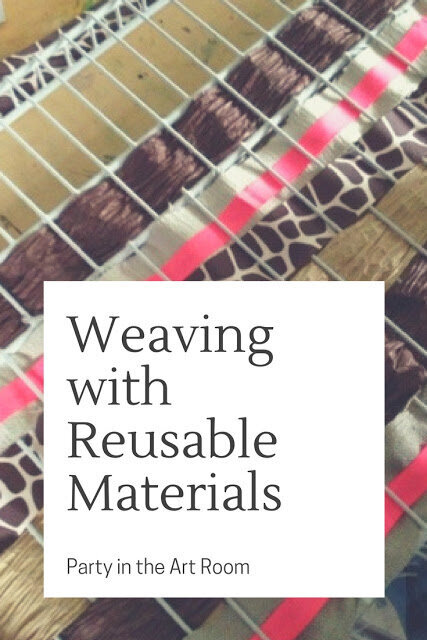
Weaving with Reusable Materials
Weaving with kids is so much fun! You can weave with all sorts of reusable materials.
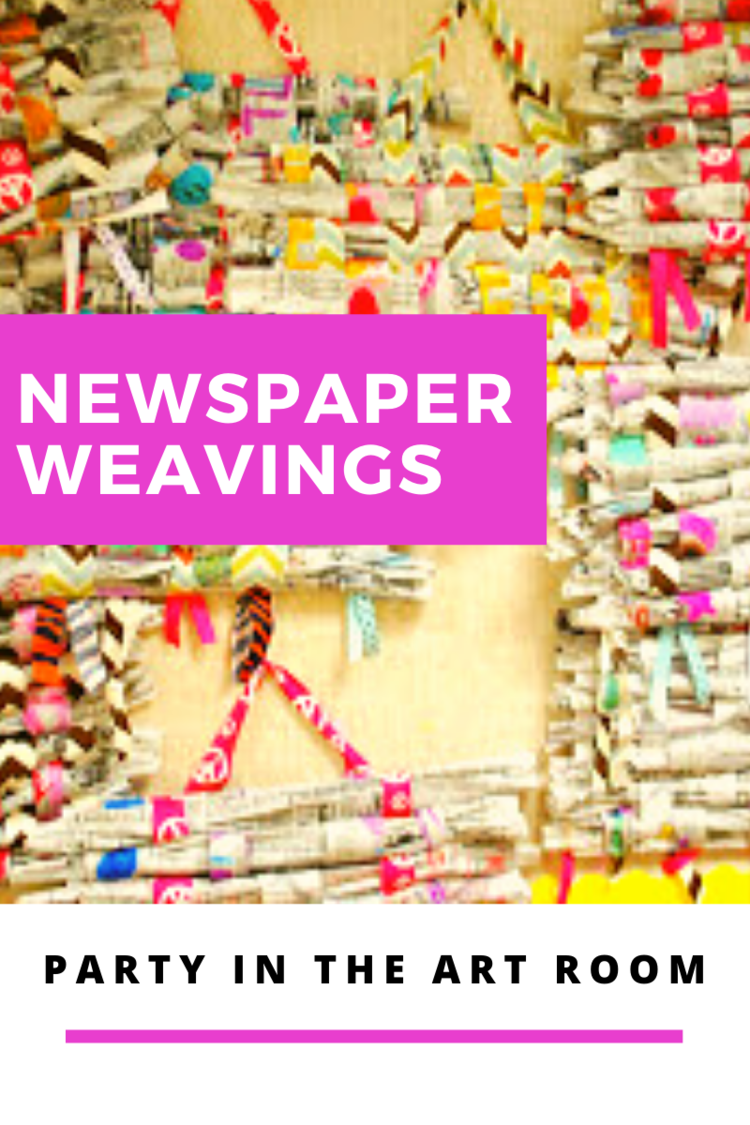
Newspaper Weavings
Another fun and CHEAP weaving project for kids. Use newspaper, cardboard, and fabric scraps to create a weaving with a 3-dimensional quality.
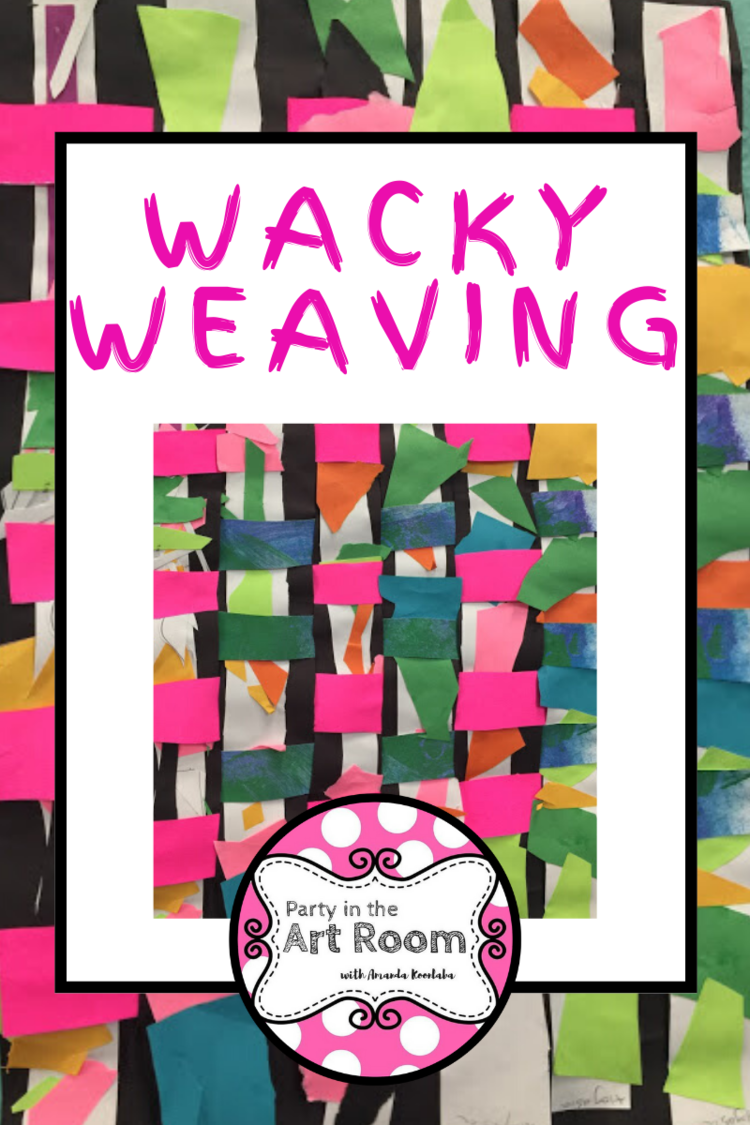
Wacky Weavings
This Wacky Weaving project is a lot of fun. This lesson gets kids cutting, tearing, and gluing like crazy. Such a good way for kiddos to practice those fine motor skills. And, it is super open-ended, so kids can be creative and get outside the usual weaving box!
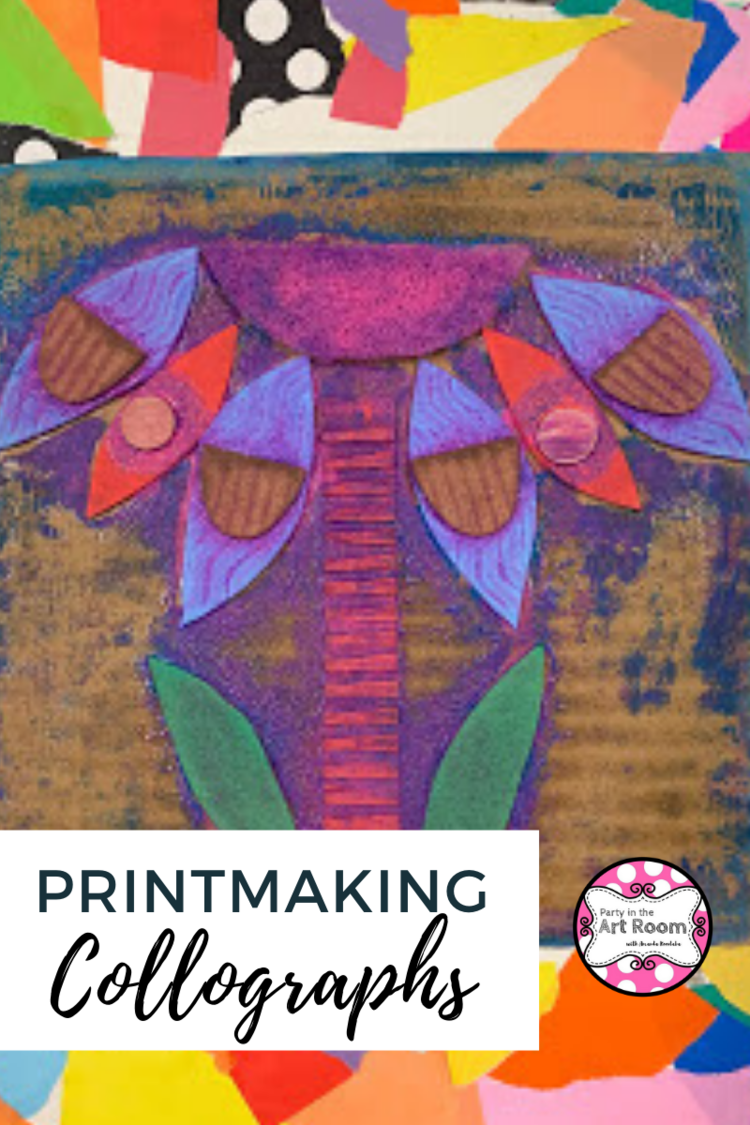
Collographs (Printmaking) for Kids
Here’s a great place to start printmaking with kids. Students create collographs using simple materials and print with tempera paint.
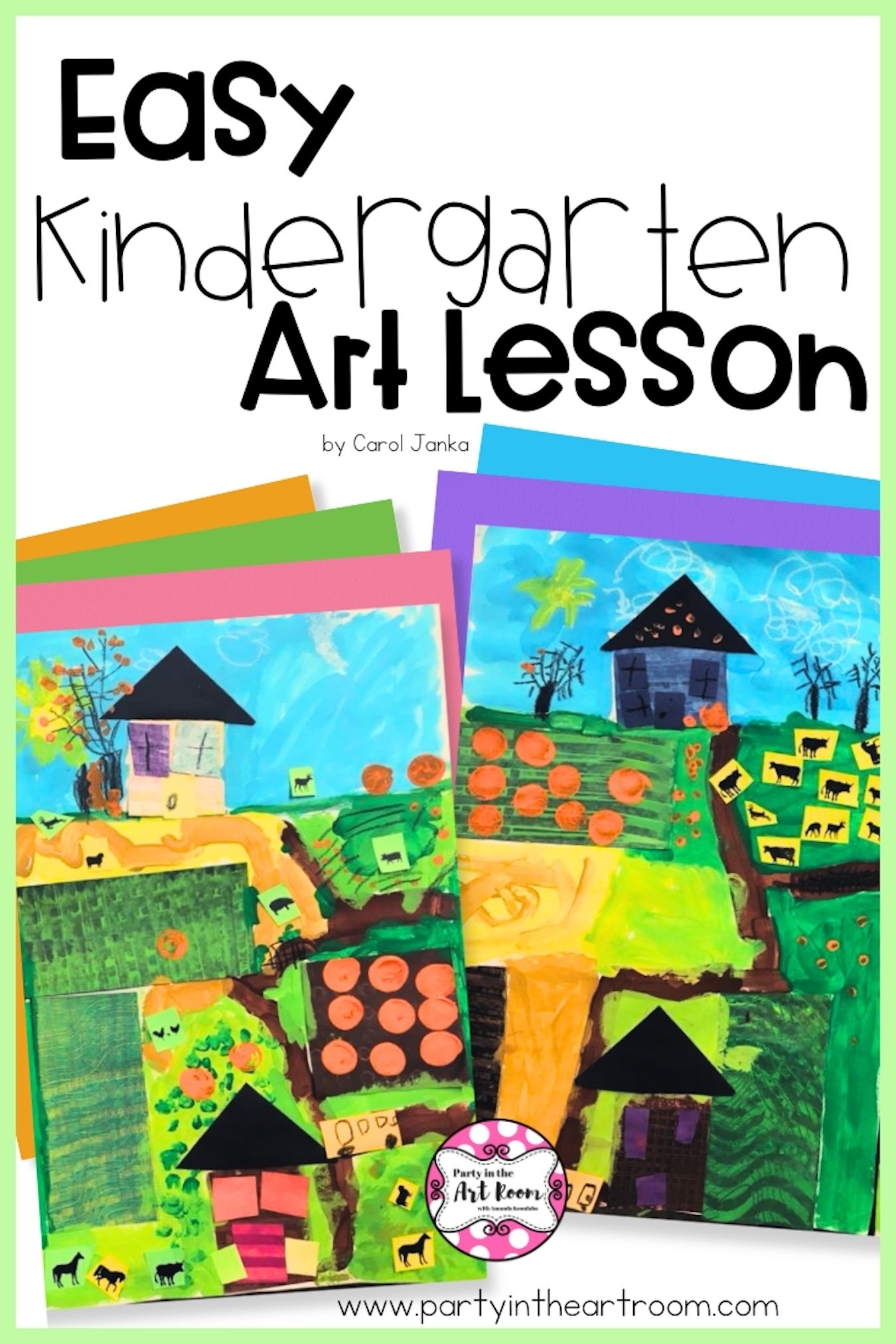
How to Teach Depth to Kindergarten: Easy Art Lesson
Carol Janka, an all-around-lovely human being and wonderful art teacher, is a cherished friend of Party in the Art Room. In this post, she shares a captivating collage project designed with careful consideration of the elements of visual art and the exploration of 3D space in art.
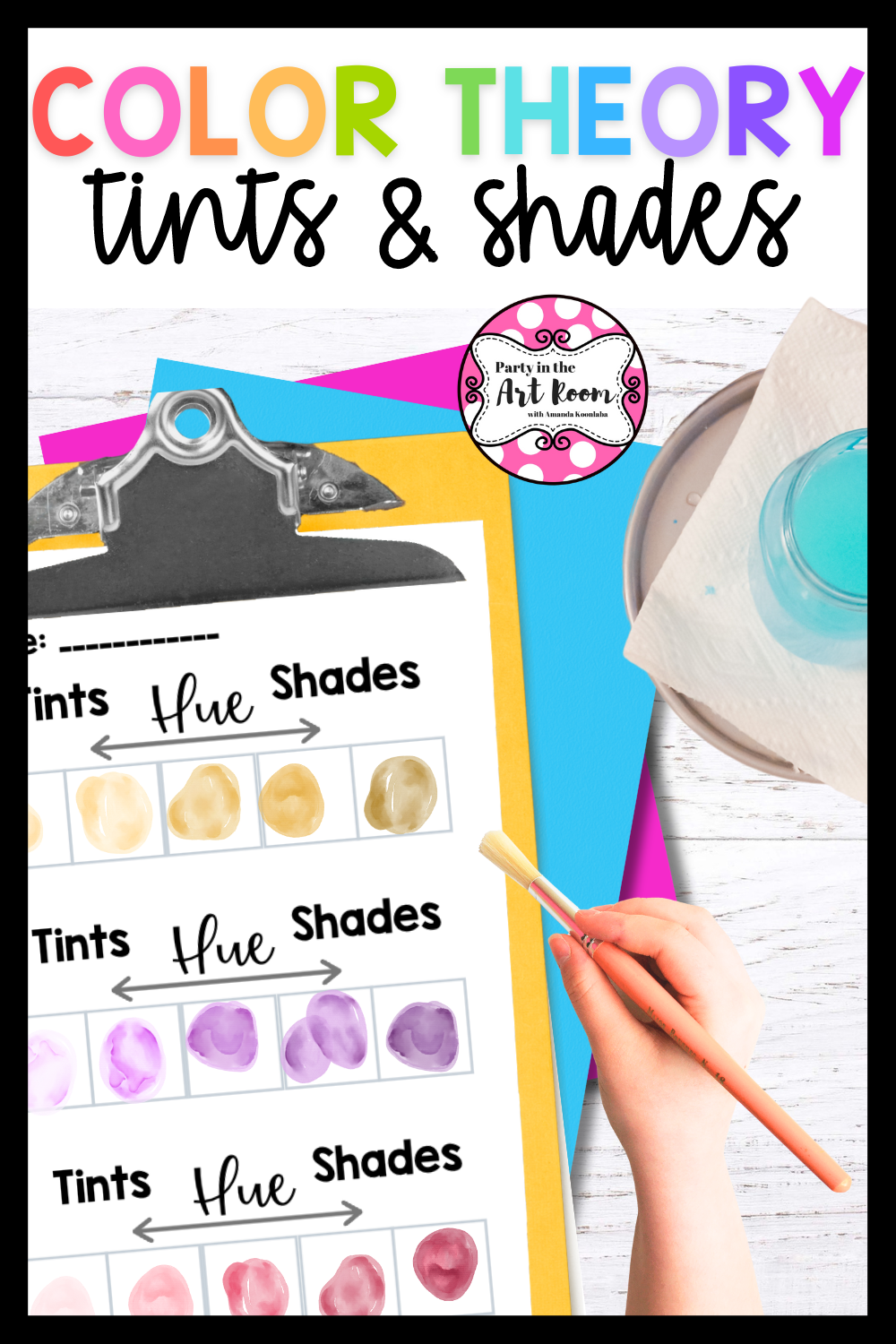
The Easy Way to Teach Tints and Shades to Kids (with FREE Worksheets)
Teaching color theory to kids can be a fun challenge. Here’s a quick tutorial for mixing tints and shades to show value with paint. Don’t forget to download the freebie printable for teachers. This mini-lesson for kids is perfect for getting color theory started with your students.
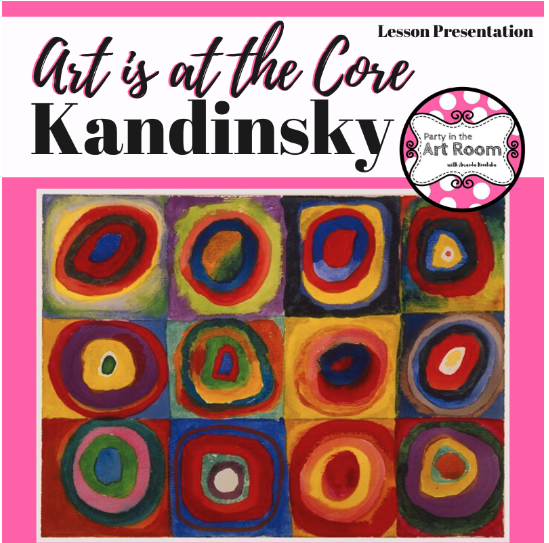
Art is at the Core : Wassily Kandinsky
Are you looking for an arts integrated lesson using visual art to teach math and writing? These lessons is inspired by the work of Wassily Kandinsky (Squares with Concentric Circles). This post stems from a column called Art is at the Core published in Arts and Activities Magazine by Amanda Koonlaba, Ed. S. Make sure you get the freebie pdf of the entire article!
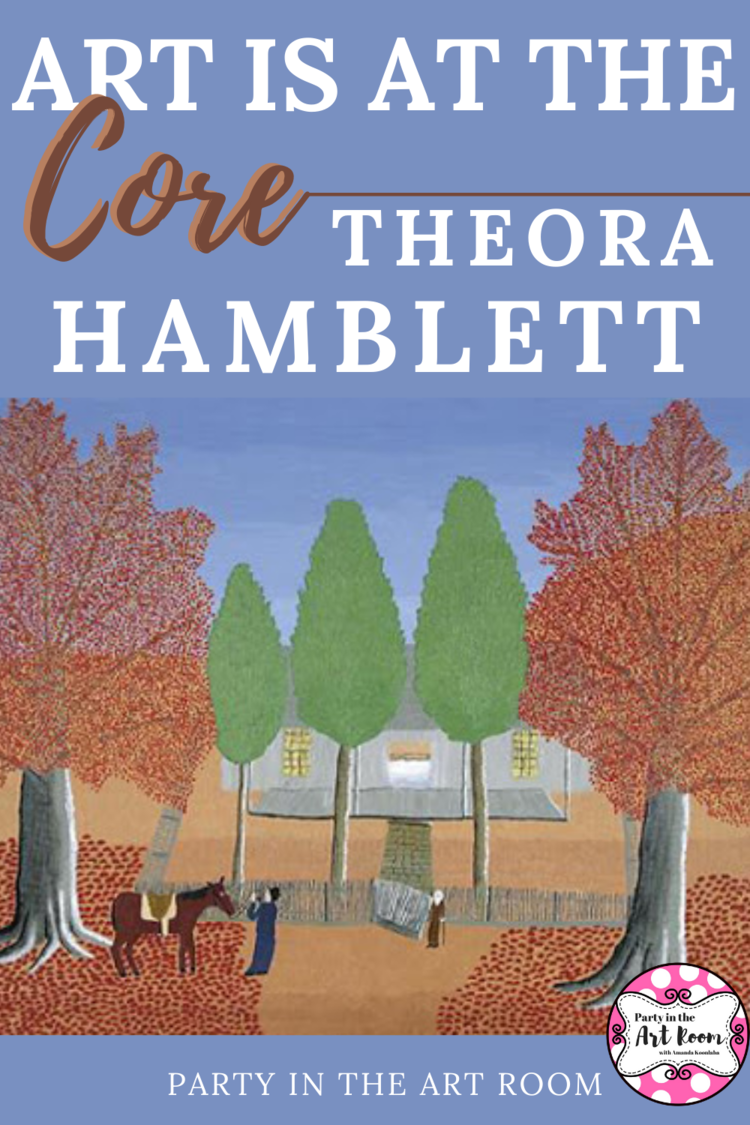
5 Ideas for Integrating Language Arts with the Study of Hamblett’s “My Old Home Place”
One benefit of education is the ability to integrate a variety of subjects together for a well-rounded learning experience. Two subjects that mesh especially well are art and language arts. In this post, we will look at 5 ideas for 5 ideas for integration language arts with the study of Hamblett’s “My Old Home Place.”
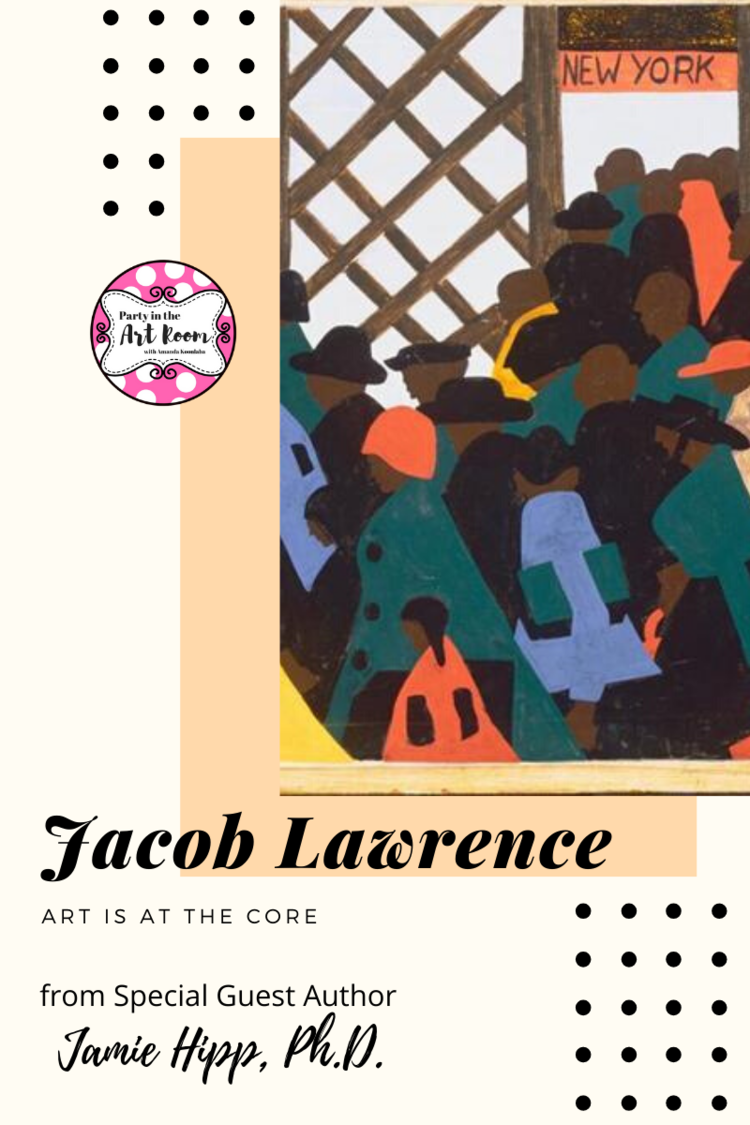
Art is at the Core : Jacob Lawrence
American painter Jacob Lawrence (1917-2000) believed that individuals “cannot tell a story in a single painting.” His work, typically painted in series, revolved around African American narratives. Lawrence’s series are natural pairings with numerous concepts across the curriculum.
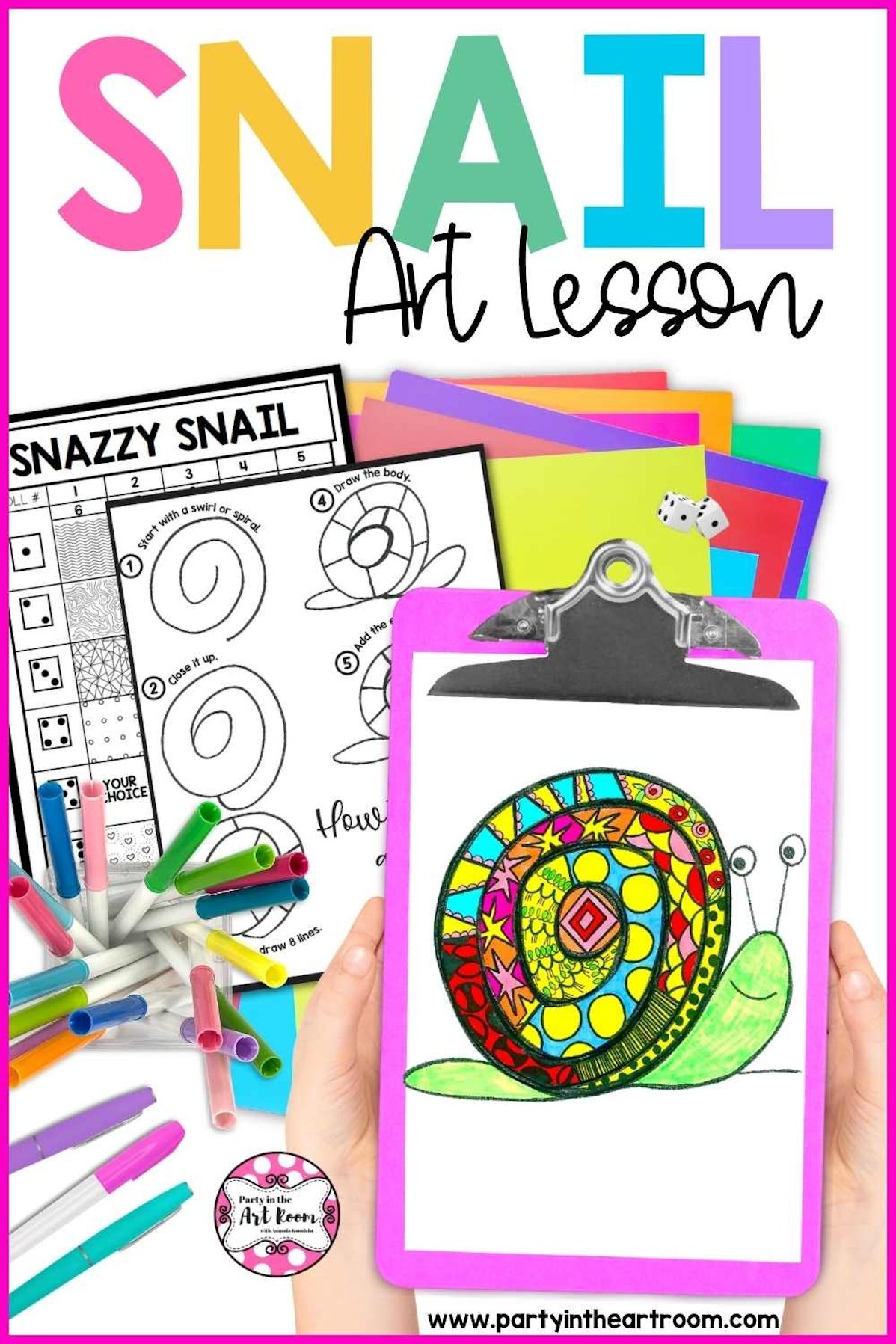
How To Create Your Best Silly Snail Art
This delightfully easy snail art project merges the beauty of spring with the whimsical charm of easy snail painting, offering an engaging outlet for self-expression and imaginative exploration. In this post, I’ll share the Snazzy Snail Art project and why it’s a personal favorite art project for spring. It’s silly and fun and a perfect spring art lesson.
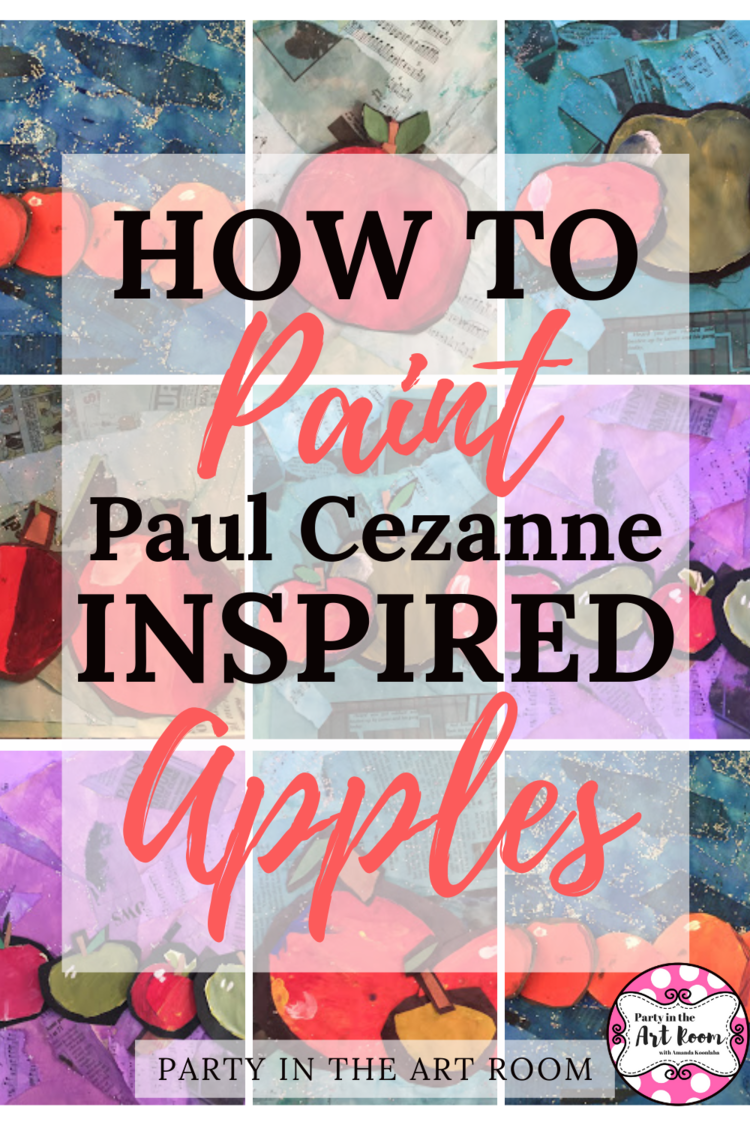
How to Paint Paul Cezanne- Inspired Apples
This project was such a hit with my third graders last year. I taught them about Paul Cezanne as a person and artist. I read Cezanne and the Apple Boy to them and had them act out what they heard. I instructed them to stand right behind their chairs, and modeled what that meant. This helped them self-control, a valuable lesson for all children.
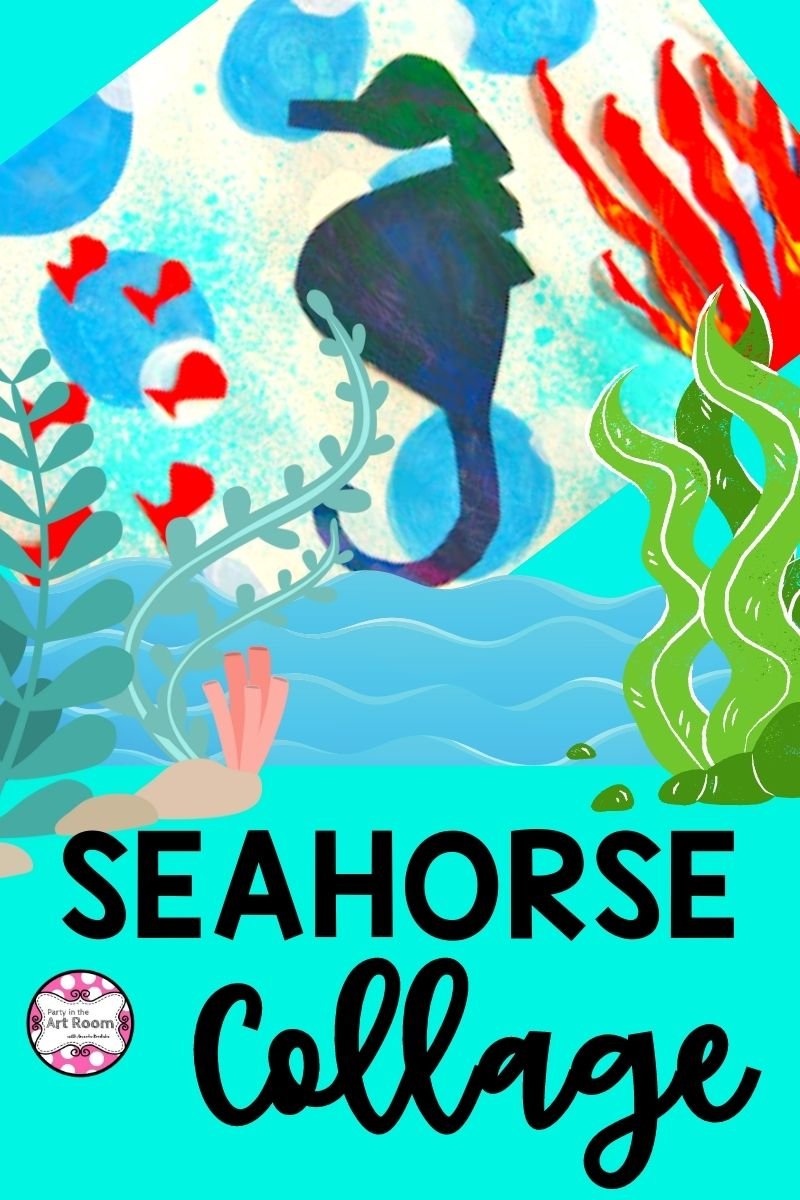
How to Create an Easy Seahorse Art Project for Kids
One of the best benefits of art is its link to creativity. Because of art, this is built by exercising fine motor skills, problem-solving, and neural development. Several years ago, for my third grade class, creativity was brought to life through these skills with an activity of creating a seahorse based on a book by Eric Carle.

#1 Best Way to Create a Sea Turtles Drawing with Basic Shapes
Students of all ages benefit from using basic shapes for simple animal drawing activities. This lesson not only makes sea turtle drawing easy, it also teaches a way to make sea turtle painting easy too! Just look at these charming sea turtle drawings! 🐢✏️
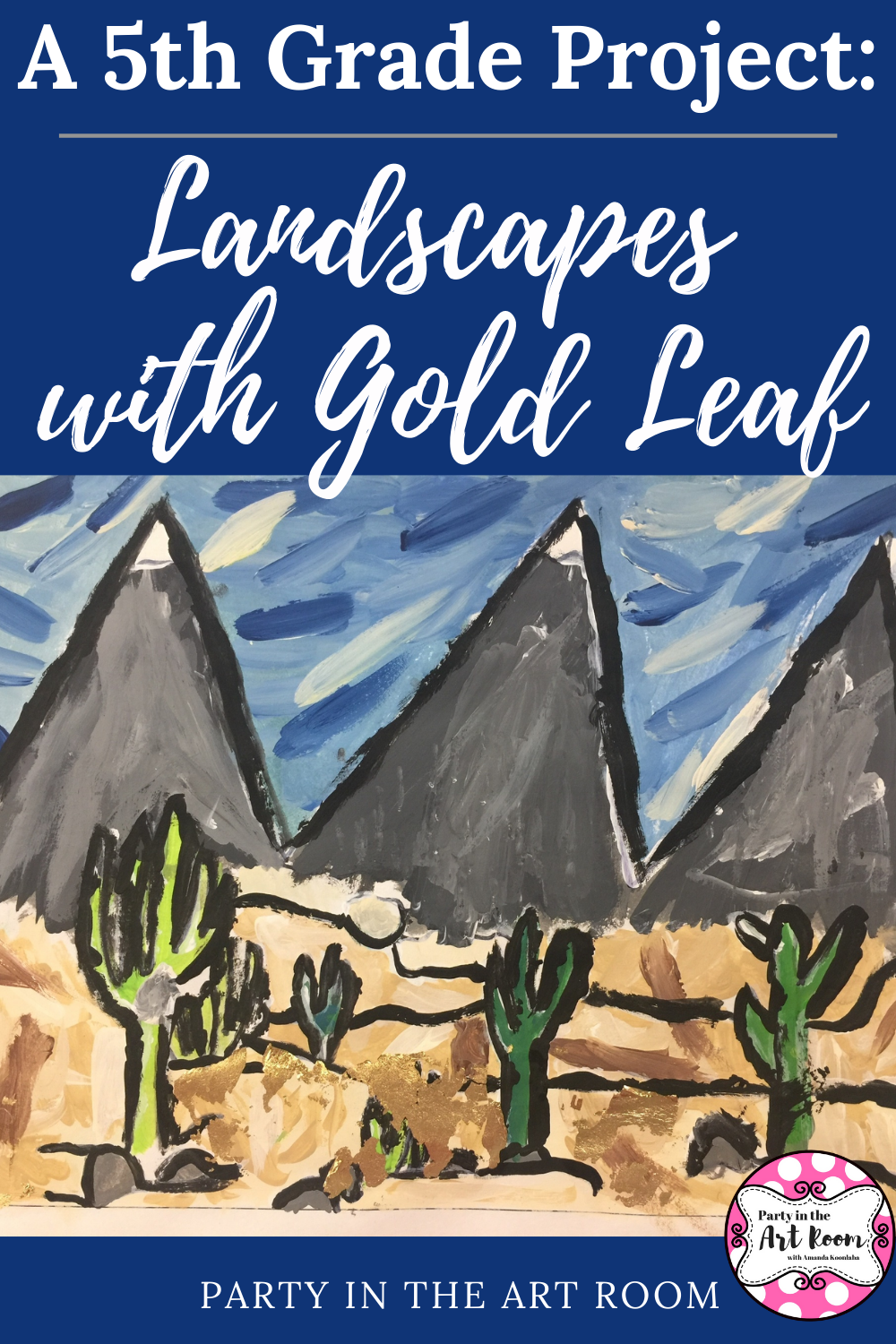
A 5th Grade Project: Landscapes with Gold Leaf
Fifth grade is the year where art skills are refined through crafting pen and ink drawings, watercolor paintings, and sculptures focusing on proportion, value, and scale. Students also begin translating words into pictures and pictures into words by investigating through depicting settings, combining shapes for meaning, using color for mood, and responding to art.
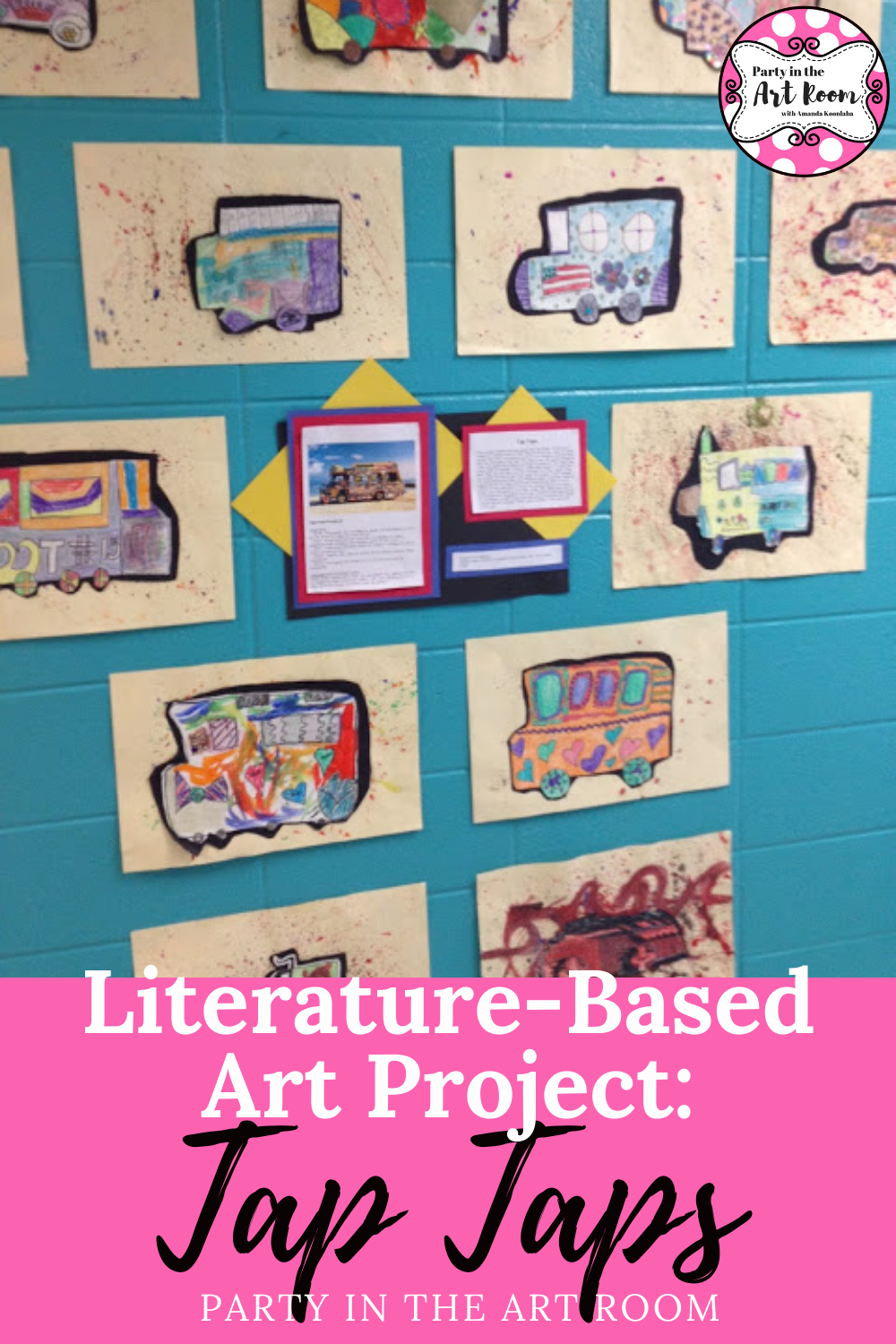
Literature-Based Art Project: Tap-Taps
Combine literature with art and you now have a unique way to teach children using a variety of subjects and concepts. For this fun project, my students were able to learn about tap taps by reading the book called Tap-Tap, by Karen Lynn Williams.
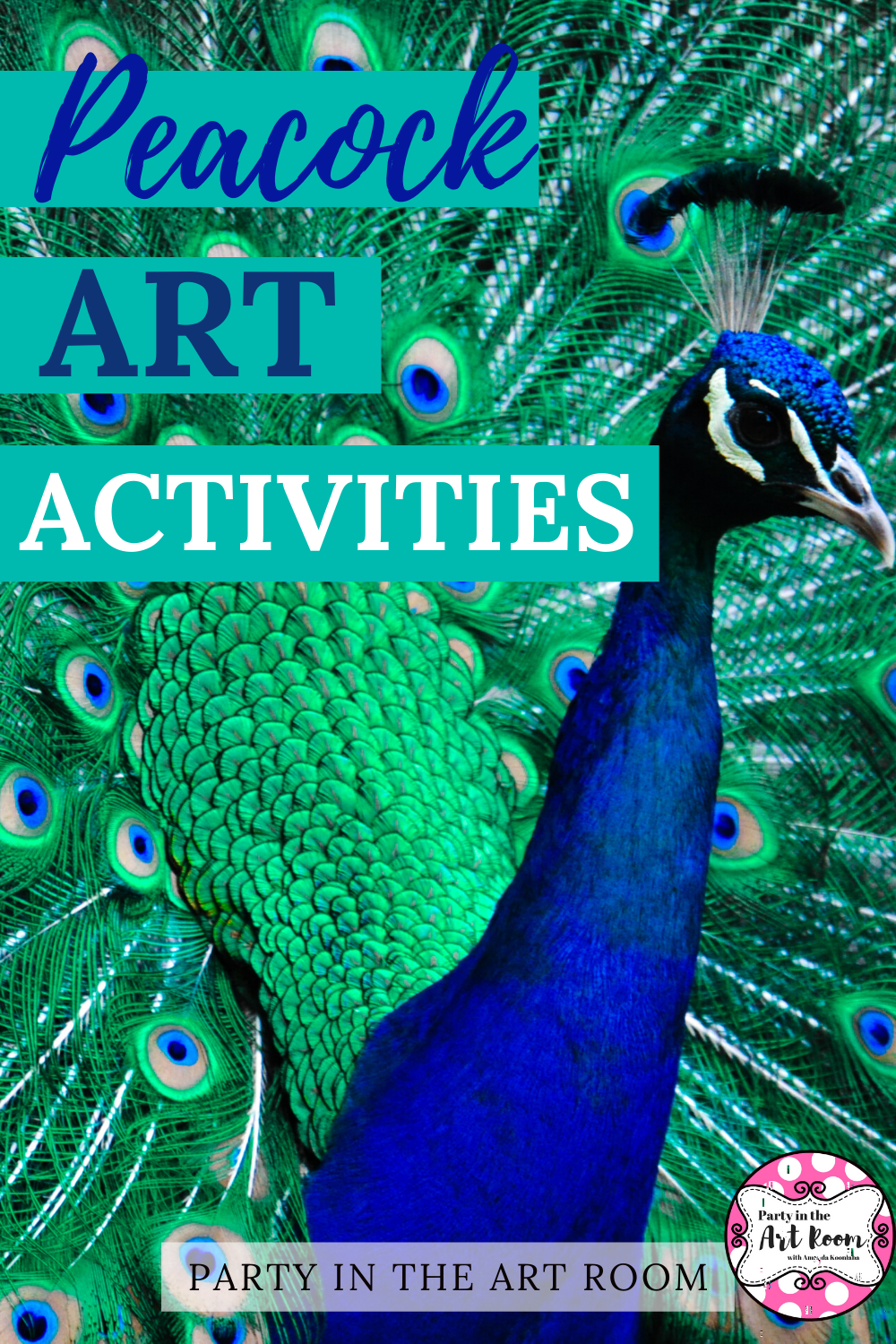
Peacock Art Activities
If you are planning a peacock art project or if your students are interested in how to draw a peacock easily, look no further! I’ll give you three simple peacock art projects for students.
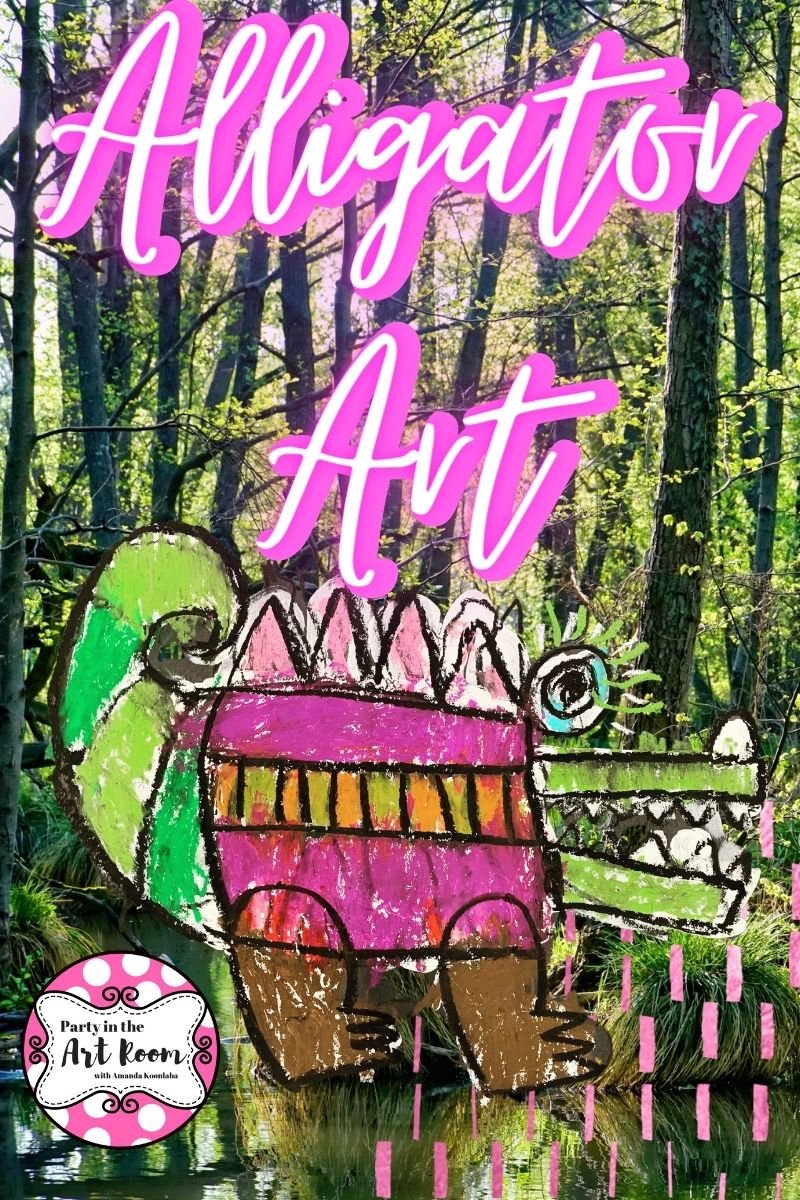
Alligator Art Activities
Alligators are large reptiles and are closely related to the crocodile. People often confuse one with the other; however, these two reptiles are very different. An alligator is distinguished by its wide, rounded snout and black color. Little tips like this can make for a great study about alligators, and while your students are learning, don’t forget to include alligator art activities.
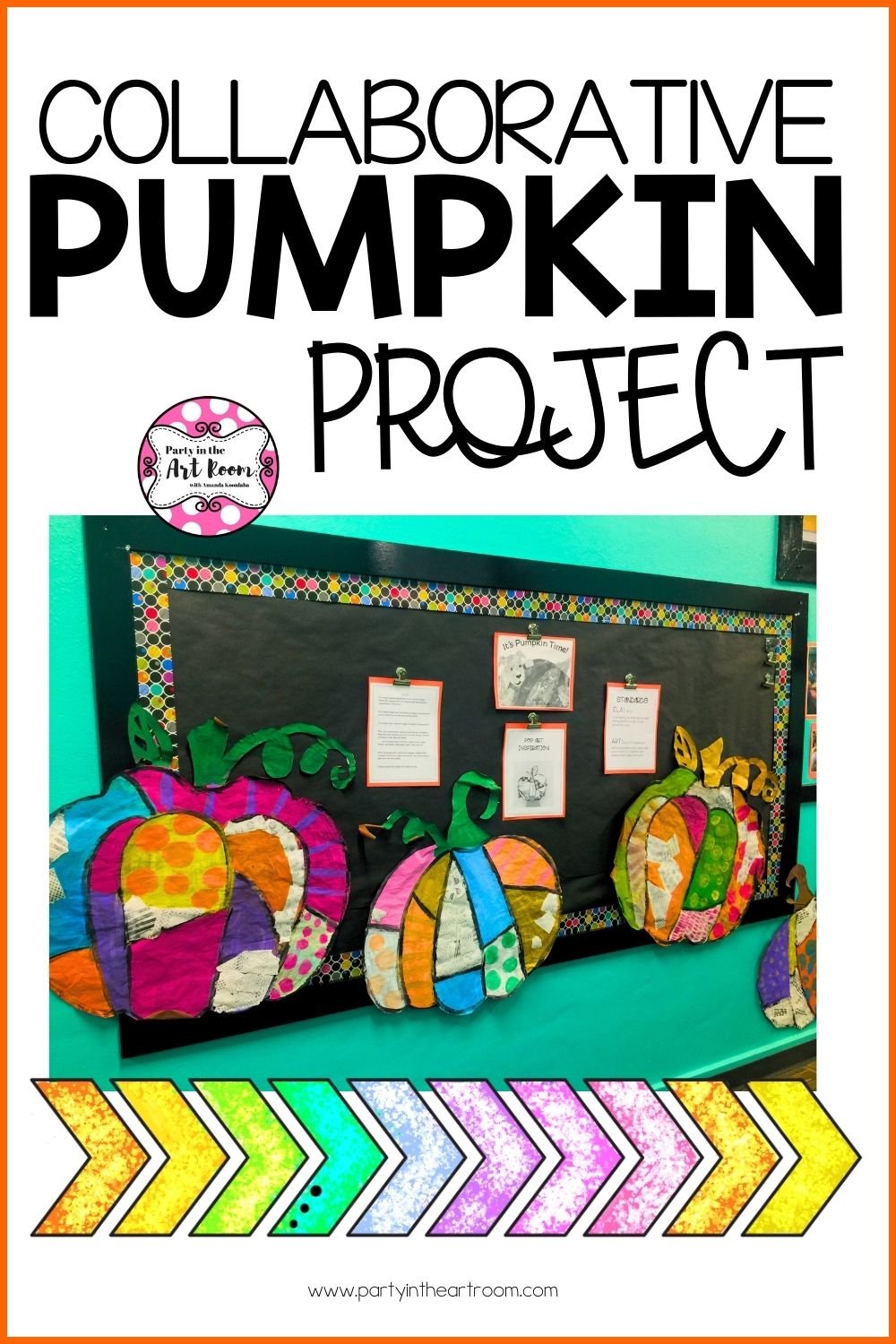
Looking for Art with Pumpkins? Try this Engaging Pop Art Activity
Looking for some ideas for art with pumpkins?
This is one of those pumpkin art activities that you’ll come back to every year! This lesson embraces the artistic style of pop art and makes a great time of fun and learning for students.
As with most of the activities I do with my students, I like to use a holistic approach that incorporates much more than art. In this pumpkin project, your students will learn about pop art artists, read a story, and use imagery common during the fall season - a pumpkin!
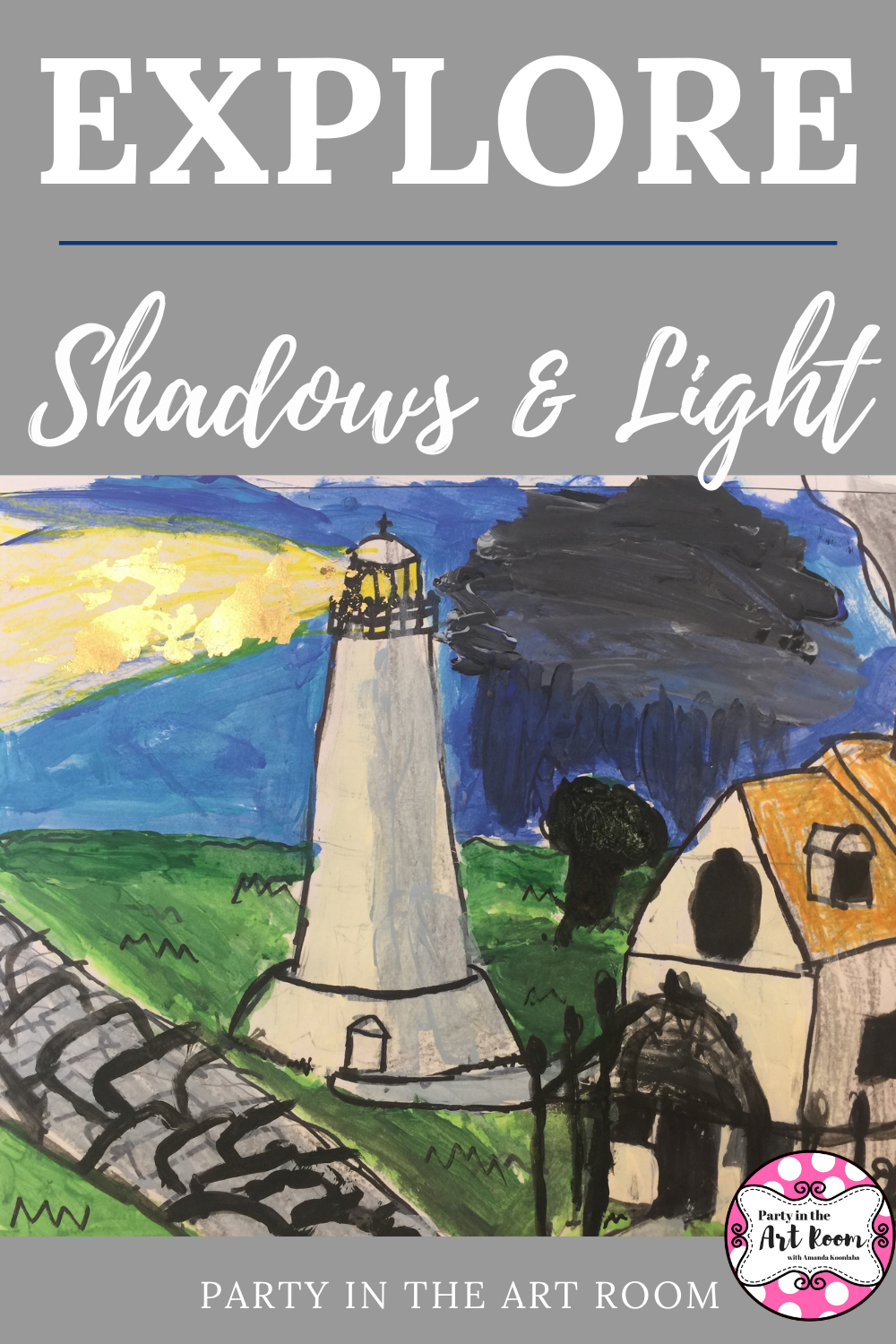
Explore Shadows and Light
Between 1927 and 1930, Edward Hopper painted two landscapes. These landscapes featured the Two Lights lighthouse in Cape Elizabeth, Maine. His play of sunlight and shadow across the buildings offered rich formal possibilities. For this art teacher, I saw the possibilities of offering my 5th grade art students a lesson they would remember.

